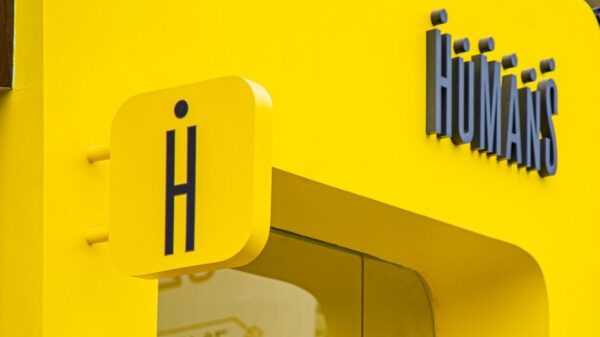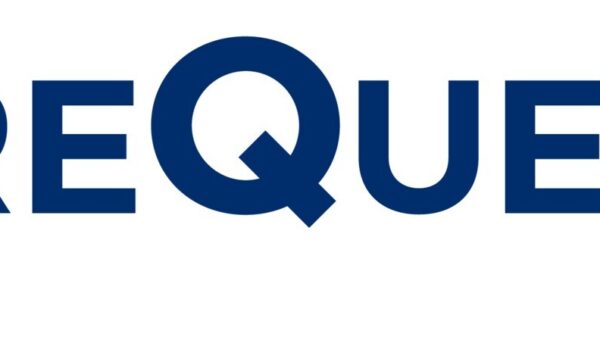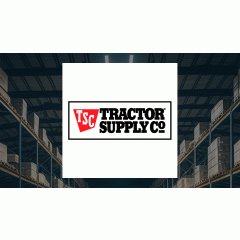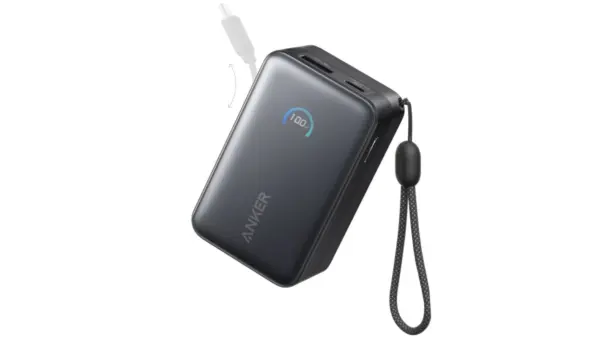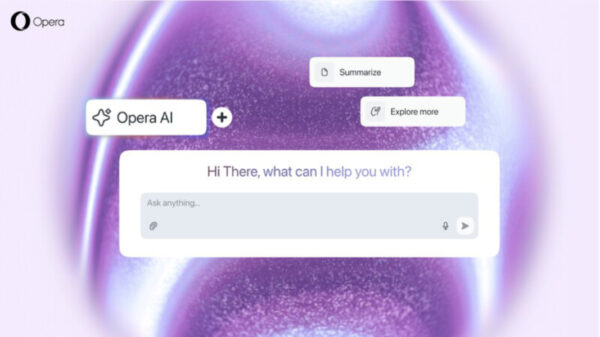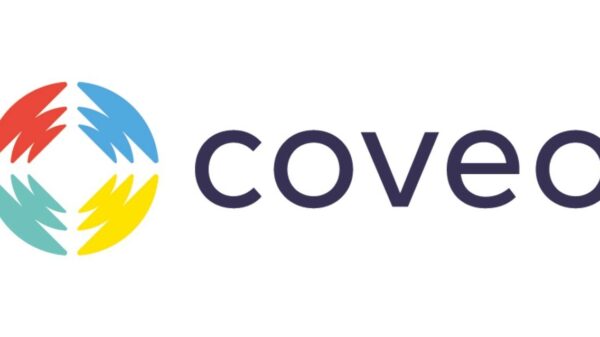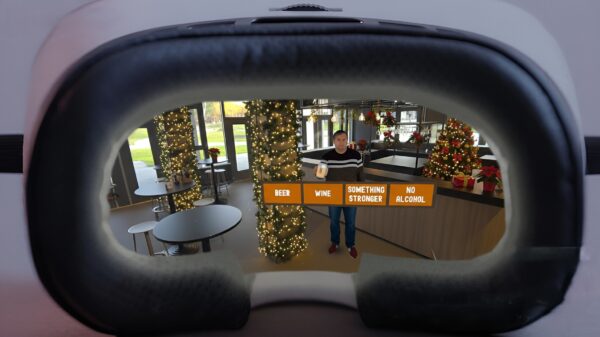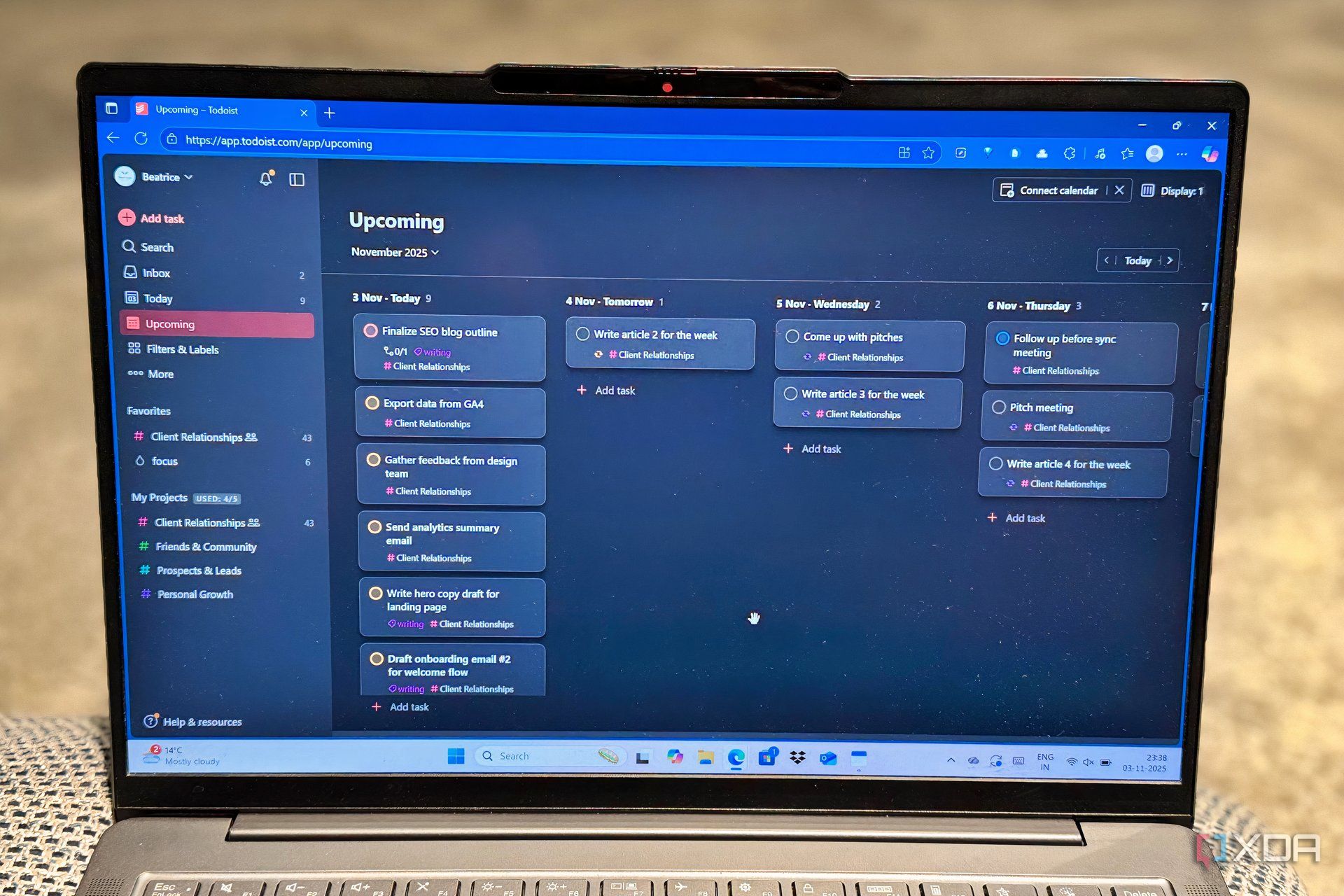UPDATE: New insights reveal how to maximize your productivity using Todoist’s free plan, transforming it into a powerful project management tool. If you’re stuck in a cycle of underutilizing free apps, these five hacks could revolutionize your workflow today.
Just announced: Users can effectively mimic premium features without spending a dime, enhancing task management and boosting productivity immediately. With the right strategies, Todoist can feel like a premium app, tailored to individual needs.
Here’s why this matters NOW: Many productivity apps limit essential features to paying customers, but understanding how to leverage Todoist’s free offerings can significantly impact your daily routines, work efficiency, and overall productivity.
1. Nested Projects for Personal Organization
Todoist’s free plan allows for up to five active projects, but don’t be fooled by this limit. Users can nest tasks indefinitely within each project, creating a personalized workspace hierarchy. For instance, instead of generic categories like “Work” or “Personal,” consider organizing projects around specific activities.
Imagine a “Client Relationships” project featuring individual tasks for each client, with nested deliverables and meeting notes directly underneath. This structured approach minimizes chaos and maximizes focus, transforming your task list into an organized dashboard.
2. Visual Triage with Priority Levels
Todoist’s free version offers four priority levels (P1 to P4) that can be repurposed for a visual organization system. Rather than using them for urgency, they can categorize tasks by type. P1 (red) can represent deep work requiring focus, while P2 (orange) might signal collaborative tasks.
This method allows users to glance at their task lists and immediately discern which tasks require specific energy levels, making it easier to batch similar activities together and tackle high-impact items first.
3. Natural Language Parsing for Speed
Todoist’s powerful natural language processing is available on the free plan, allowing users to input tasks rapidly. For example, typing “Submit proposal every Monday at 9 am starting Dec 2” instantly recognizes the task’s details.
This feature drastically reduces the time spent capturing tasks, eliminating multiple clicks and keeping you in your productive flow. With the ability to handle relative dates like “tomorrow” or “next Friday,” users can swiftly manage their schedules without calculating dates manually.
4. Custom Filters for Task Management
While premium users enjoy sections within projects, free plan users can create custom task views using filters. This feature allows you to sort tasks based on priority, due date, or keywords.
For instance, a filter labeled “@focus” could show all P1 tasks due today across projects, while an “@waiting” filter tracks tasks blocked by others. These personalized dashboards can significantly streamline your workflow, making task management more intuitive.
5. Personal Tagging with Labels
Todoist’s free plan includes up to 500 personal labels, which can create a context-based tagging system. Users can filter by labels like @home or @computer to see relevant tasks based on their current environment.
This approach reflects how we naturally move through our days, answering the question of what tasks can be accomplished based on location or energy levels instantly.
FINAL THOUGHT: The constraints of Todoist’s free plan may seem limiting, but they can actually enhance productivity by forcing users to prioritize and simplify their task management systems. Embrace these five hacks to turn your free Todoist experience into a robust productivity powerhouse.
What’s next: Start implementing these strategies today and share your own hacks for using Todoist effectively. With the right mindset, you can maximize your productivity without spending a dime. Don’t miss out on this opportunity to transform how you manage your tasks and achieve your goals!















